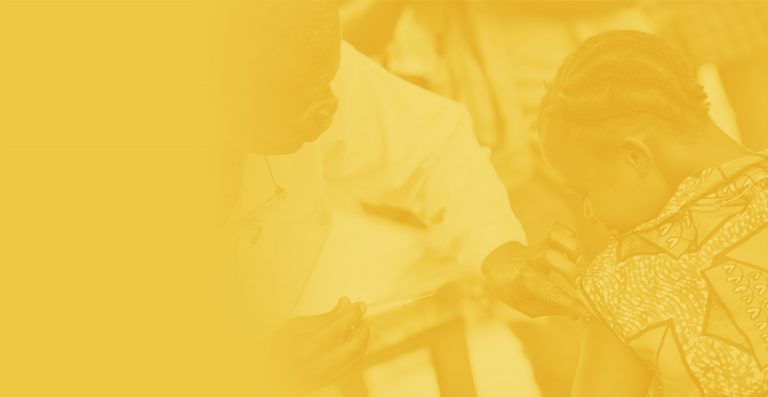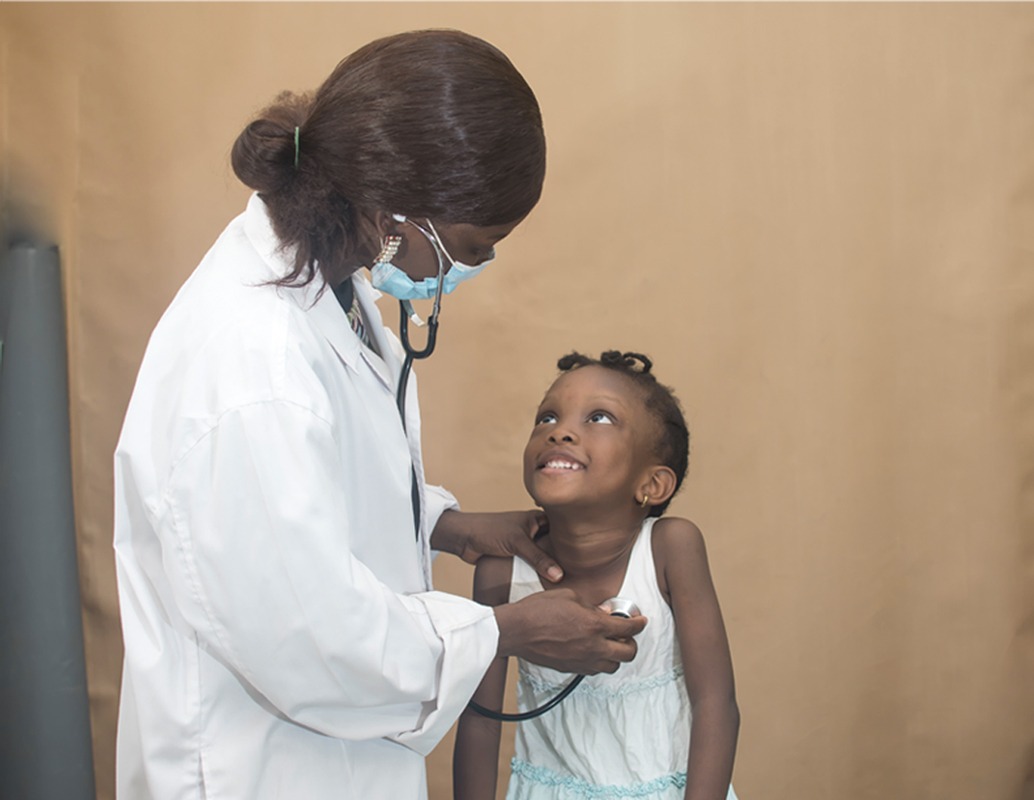In 2022, the World Health Organization (WHO) recommended the use treatment decision algorithms (TDAs) to improve pulmonary TB diagnosis in children <10 years. This recommendation is conditional, meaning that it is temporary until stronger evidence is made available. And WHO called for gathering more information and scientific evidence to validate two suggested TDAs for children with presumptive TB.
The Decide-TB project aims to evaluate a comprehensive TDA-based approach, that is adapted to the risk profile of children, for use at lower levels of healthcare. This comprehensive TDA-based approach will combine the WHO suggested TDAs, other TDAs for children living with HIV and those with malnutrition, and the severity assessment and shorter treatment option (4 months) for children with less severe TB.



